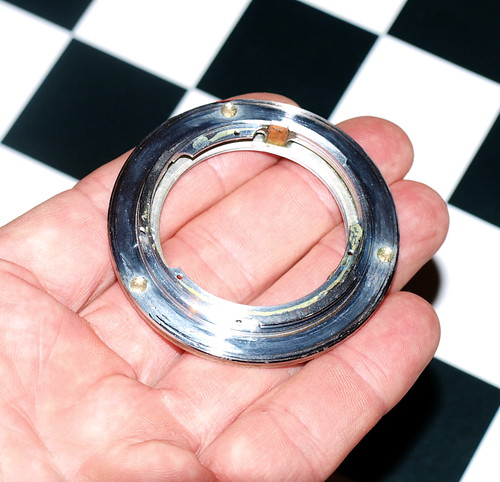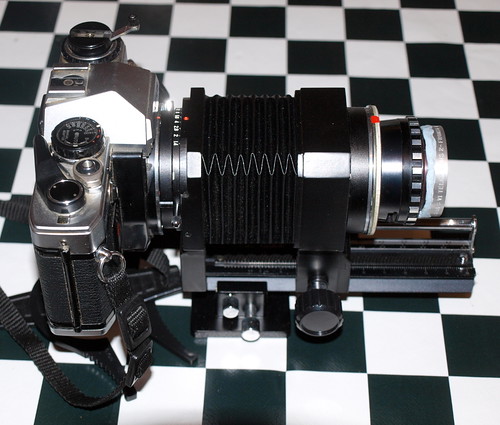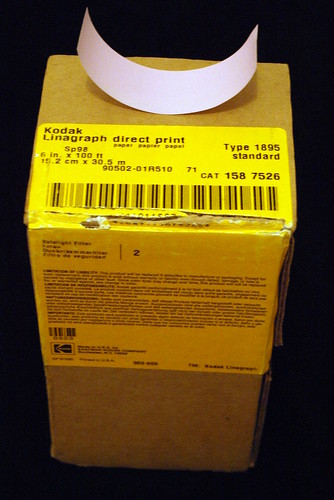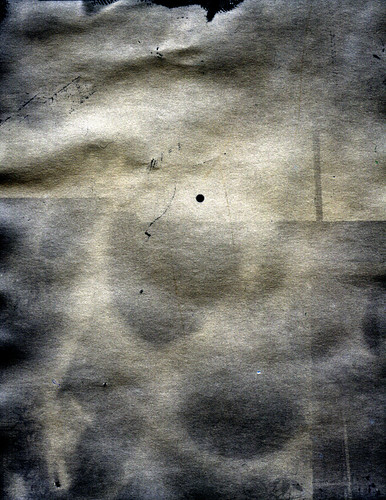Firstly, a subdued apology. This blog is, of course, just a blog. It can only record what I am doing as I do it, and how in my opinion the various experiments go. Unfortunately the day-job gets in the way, and demands time at evenings and weekends too unfortunately. So I missed my last weekly post.
Update on enlarger lenses
There are a few internet articles and a couple of flickr groups about using enlarger lenses on a camera. This is certainly a subject that interests me a lot. Enlarger lenses are known to be very good as macro lenses. (Sometimes they need to be reversed.) Enlarger lenses (to a certain extent) and process lenses (to a greater extent) have been used on large format cameras for a long time to take "ordinary" photographs, even with focus at infinity. I certainly use lenses like this on my larger cameras. The challenge is to set up a "small camera" such as a 35mm SLR or DSLR to use enlarger lenses for "normal" photographs.
With my 90mm Rodenstock Ysaron and -2 telek lens combination (already described) that is appropx 100mm in focal length and looks like this
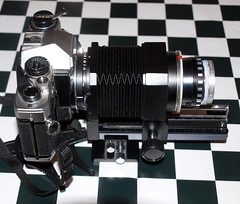
I shot a number of phots, one of which was
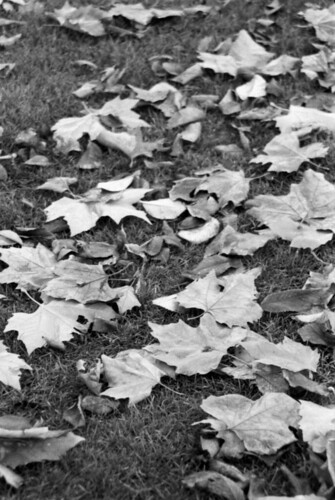
This is pretty normal by my standards. I like the limited depth of field one gets. The shot isn't amazingly sharp, but it is completely adequate and it would be difficult to tell it wasn't taken with a normal lens. This lens would make an excellent portrait lens, and the bellows were rather easy to use as a focusing device.
With my 75mm Gnome merlin lens,
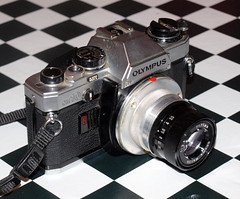
I shot this
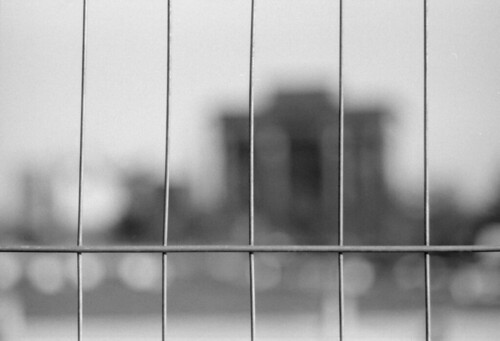
Again, the lens is perfectly adequately sharp. The main problem here is lack of focusing. The lens needs to be too close to the camera to allow bellows to be used so I am relying on swapping different extension tubes, and using my feet a lot. This made the lens very inconvenient to use, and is something I must think more about.
But maybe bad is good?
On the other hand, I'd have never spotted that shot without trying unfamiliar equipment in unfamiliar ways. I know there are photographers who never feel comfortable unless they know their equipment really well. I feel that about subject matter: I never take a really good photo of unfamiliar subjects the first time I see them. Photography for me is (and I think this is how it should be) an art of looking and understanding the subject really well before one starts shooting. On the other hand, I am the sort who can rarely be really creative with highly familiar equipment and find I spot photos much better with different equipment. In other words I like to change the lens, change the camera, or even change the film regularly, just to give me a fresh view of something familiar.
I suppose we all need to find our own way of working, and I am not necessarily recommending mine, just saying what it is and why it seems to work for me. In the case above, the shot was got because I had the enlarger lens on the camera with the wrong extension tube on and had to search for some focus and some new view with unfamiliar kit.
